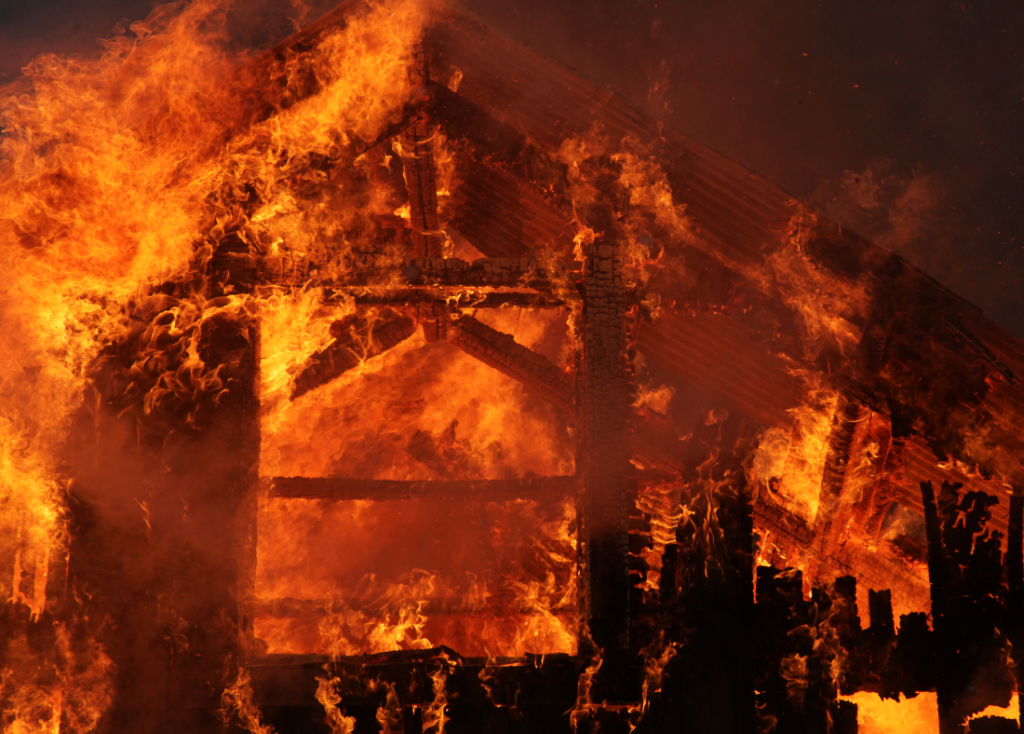By Brad Barham, SanDiego350 member

My September blog, “Western Wildfires, Climate Change, Insurance, Housing, and Inequality”, explored how rising wildfire risk associated with climate change is negatively affecting the housing market. It raises insurance costs, shrinks housing supply, and pushes rents and house sale prices higher and higher. Similar effects occur in other parts of the US where hurricanes, flooding, and other climate-driven shocks also increasingly damage the housing stock.
The big picture concern is this: negative supply shocks driven by climate change are exacerbating a longstanding affordability crisis in US housing markets. The cost of adequate housing has become a huge and increasing burden for the poor, young adults, seniors on limited incomes, and other vulnerable populations. Climate risks make matters worse for all these groups, and fuels housing insecurity and homelessness.
Let’s look at some evidence from California starting with the 6 million households who are paying rent.
Across the board, since 2000 median rent in California has increased 37% while median renter household income has only increased 7% (adjusted for inflation). In other words, rising rental prices have for 3 decades far outpaced growth of incomes for renters.
This problem is more severe for low-income households as well as for black and senior households. For example,
- About 28% of CA renters spend more than 50% of their monthly income on rent. That amounts to 1.6 million households in California who are regularly forced to decide between paying rent and meeting other basic needs. Californians are not the only ones facing this stress. About 24% of national renters fall in this category, too.
- These ‘severely cost-burdened households’ are concentrated at the bottom of the income spectrum, as 78% of extremely low-income households pay 50% of their monthly income to rent as compared to 52% of very low income households, 22% of low-income households, and 6% of moderate income households. Put simply, the poorest households are the most ‘severely cost-burdened’ by rent.
- Black renter households and seniors are also disproportionately represented in the ‘severely cost-burdened households’. Compared to the 28% of the renter population that is severely cost-burdened, 33% of black households are in this category, while 37% of households over 62 and 42% of households over 75 are in this category.
- By no means though are they are alone. More than half of California renters are paying more than 30% of their monthly incomes on rent, a threshold that is commonly viewed for housing policy as a maximum threshold of ‘affordability’.
- The core problem is that California low-wage earners earn far less than what it takes to pay the median rental rates in the state. And the fixed incomes of many seniors often don’t keep up with rents.
- Here are some examples of monthly incomes for low-wage workers in 2024: Retail salespeople ($3,300), Janitors and cleaners ($3,285), Childcare ($3,119), Home healthcare ($2,740).
- To pay 30% of their income on rent for the median market rental for a 2-bedroom unit, these workers would have needed to earn $7,860. For ‘affordable housing’ (publicly subsidized), they would have needed to earn $4,000 a month. While this looks more ‘doable’, there is an extreme shortage of affordable housing in California.
- Recent estimates are that for the past two decades California has met about 10-20% of the annual increase in housing stock needed to meet affordability goals.
Not surprisingly, the California housing sales market has followed similar trends of prices far outpacing incomes, thus making the dream of home ownership increasingly unattainable for people of color, young people, and low-income households. Here is some historical evidence to substantiate what we can all imagine when we look around.
- In the late 1960s, the value of the typical California home was more than four times the average household’s income. Today, it’s worth more than eleven times what the average household makes. That problem hits young people hard, as they struggle to finance homes that cost a far greater proportion of their income than in the past.
- The same holds true for low-income workers. Their incomes have risen slower than the average household income, making home ownership more difficult for them.
- The racial gap in California home ownership reflects these trends as well. White households are about twice as likely (at over 60%) to own homes as black households (slightly over 30%), with Hispanic households at over 40%).
Climate change impacts often bring underlying injustices into sharper focus. That is especially true for housing where extreme events like wildfires in the west, and flooding and hurricanes in other parts of the country, are making an affordability crisis for tens of millions of US households worse.
